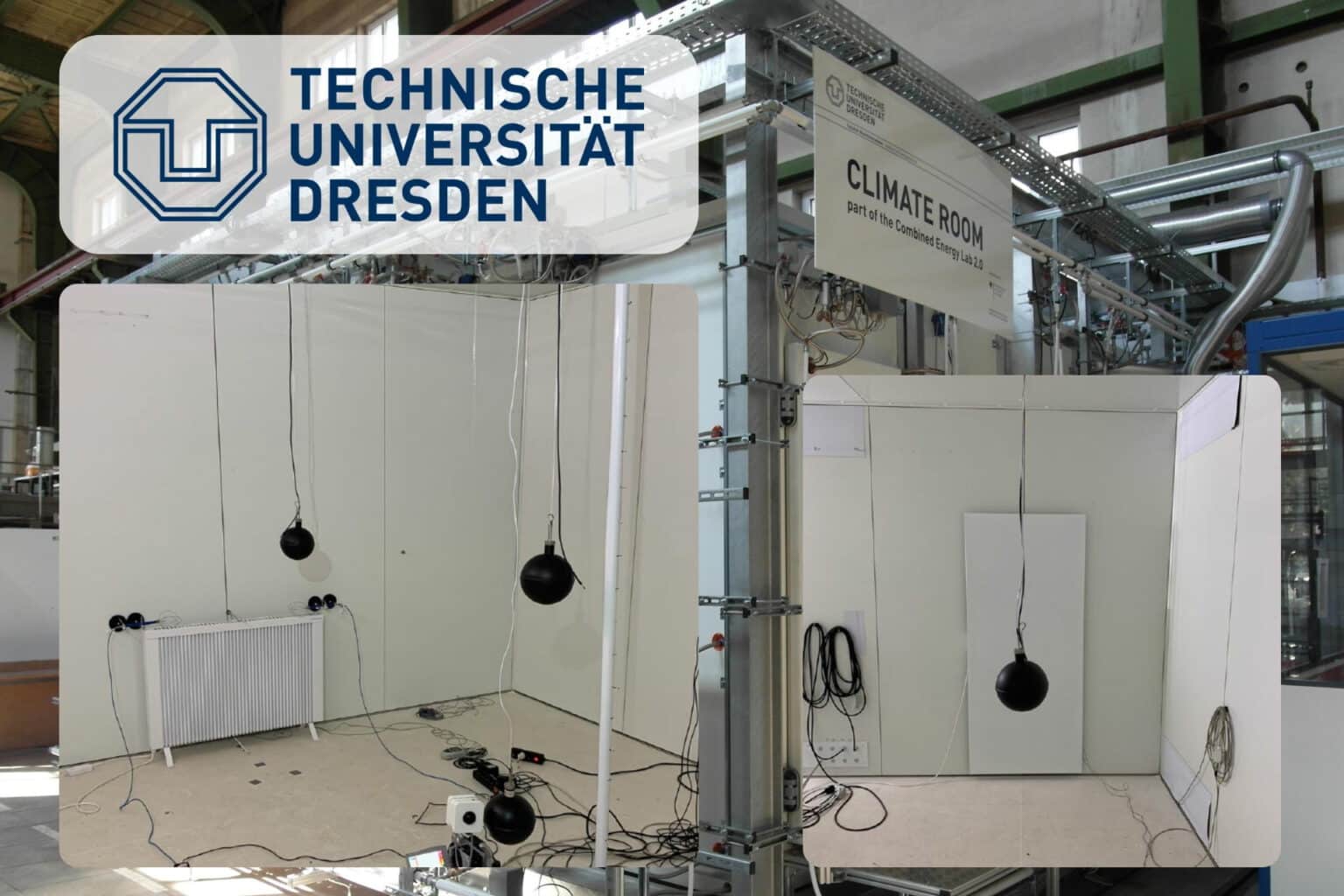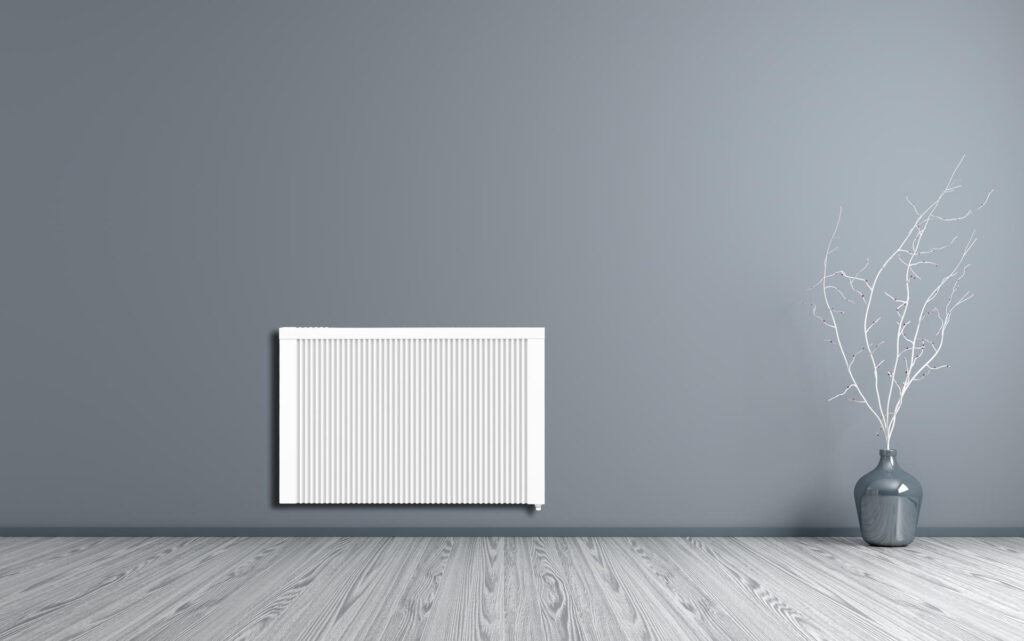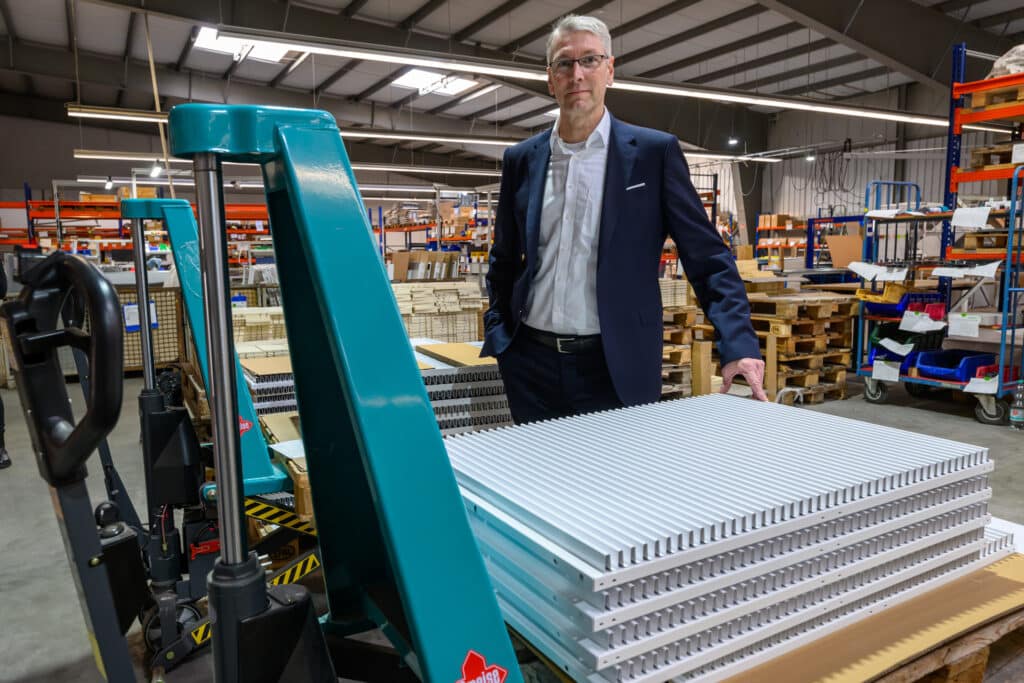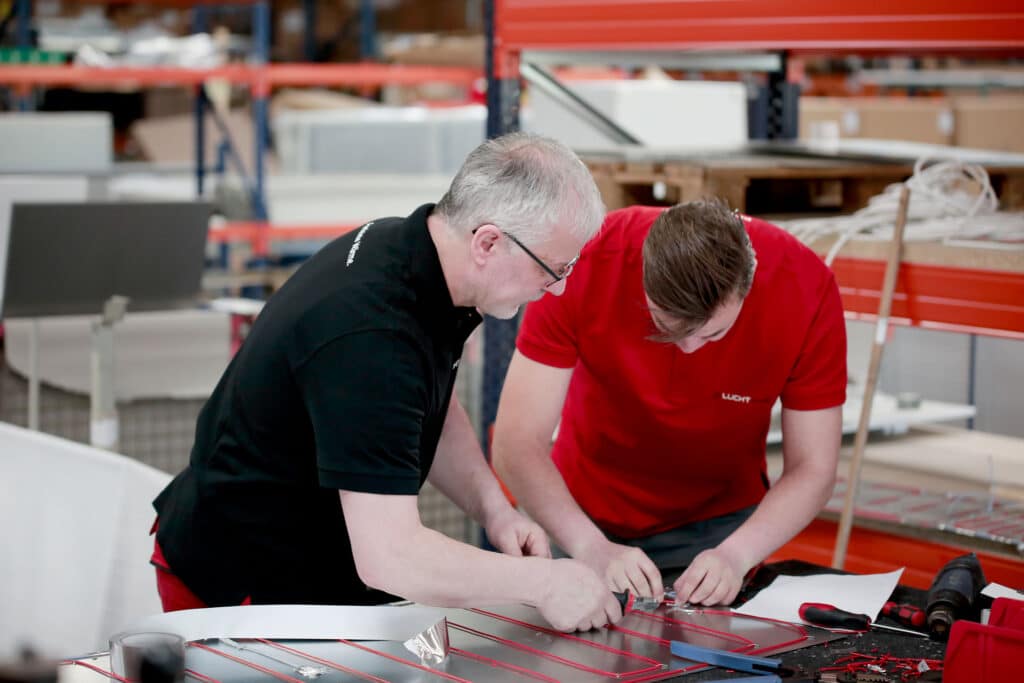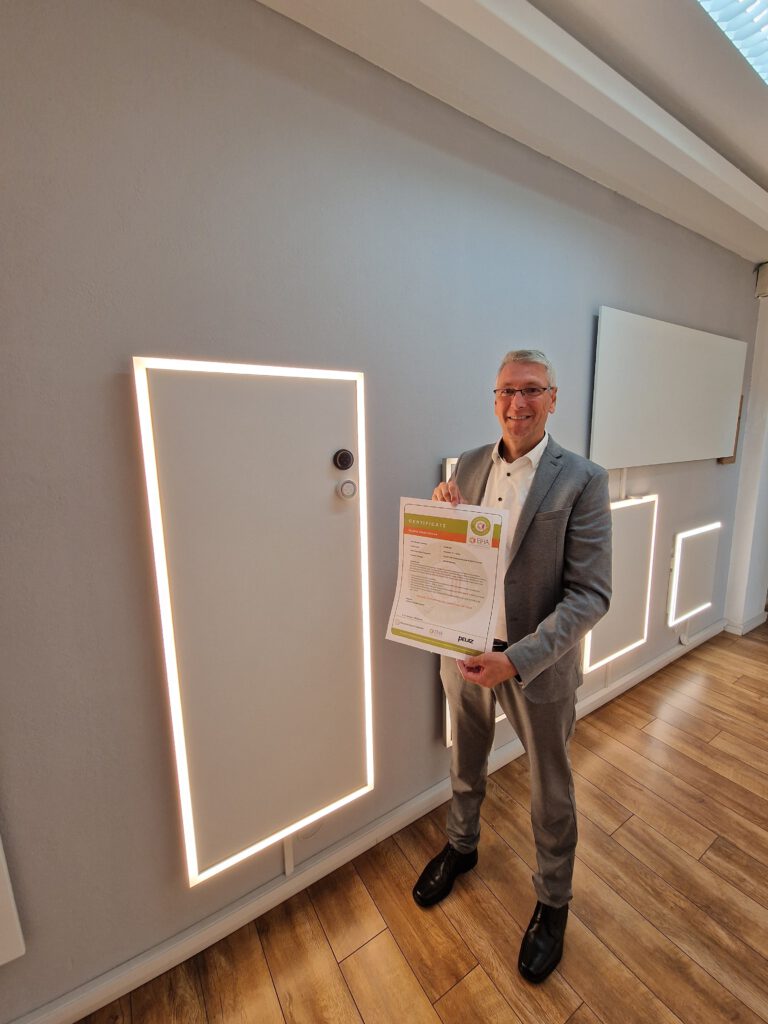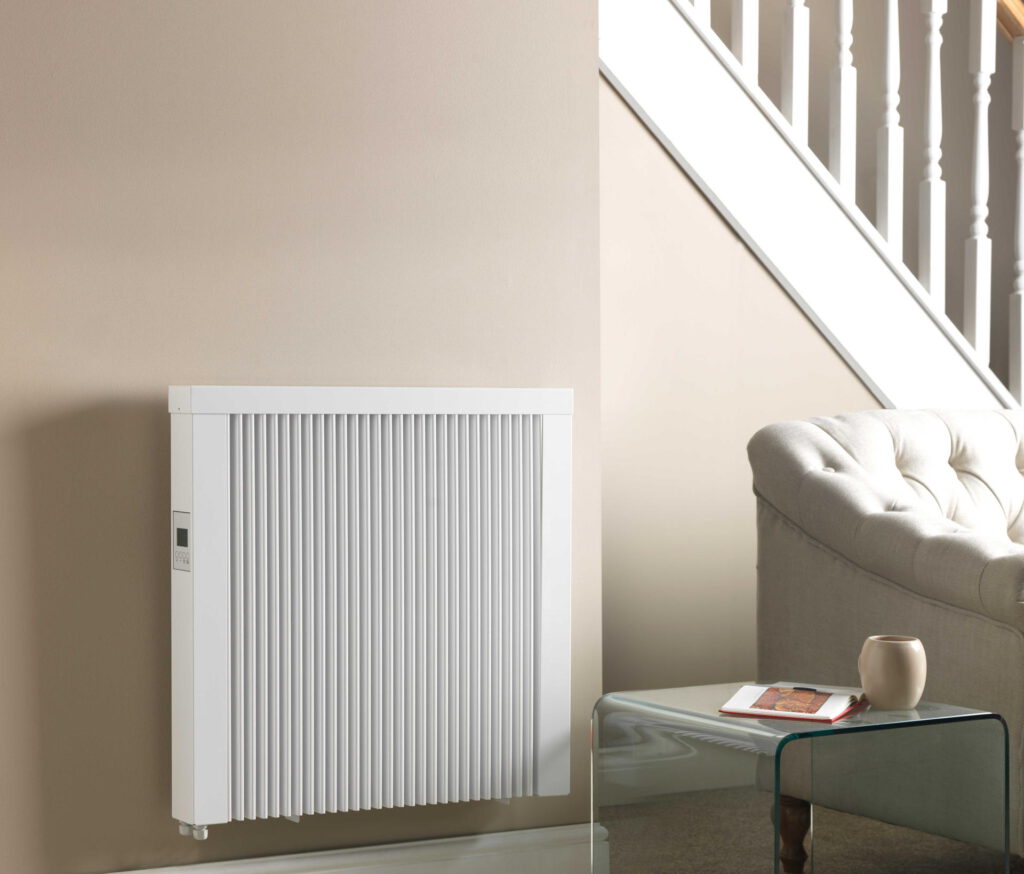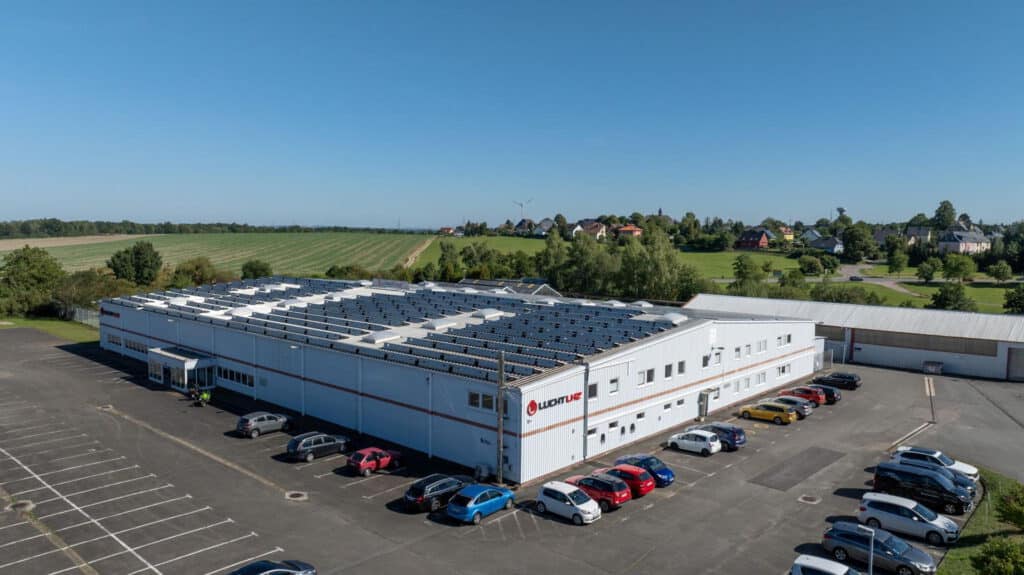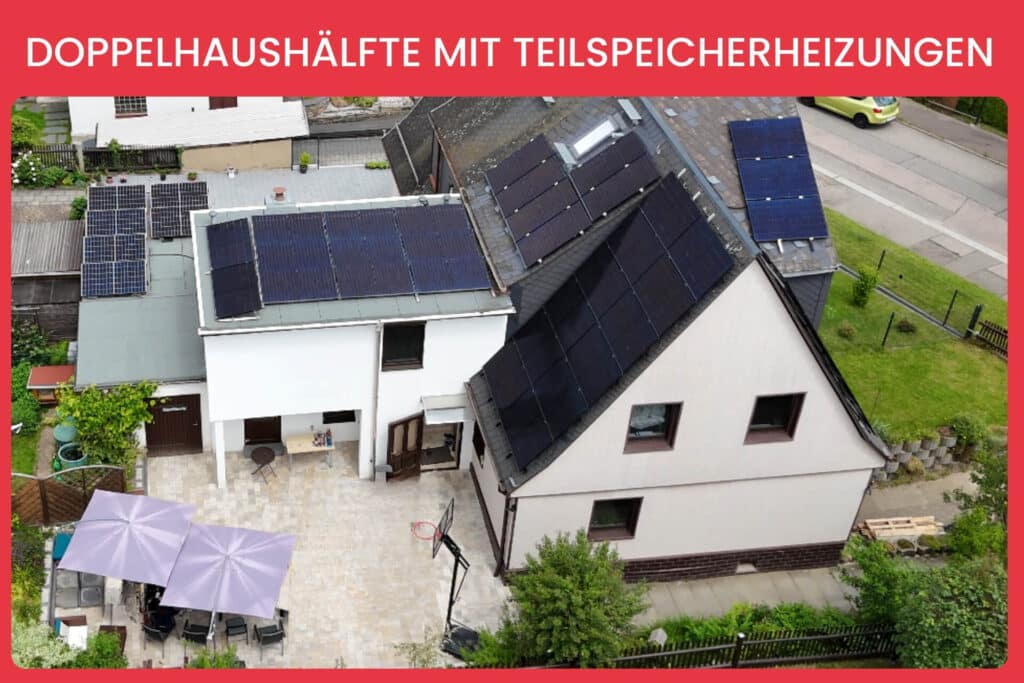Choice of heating system depends on room usage
How do surface storage and infrared heaters differ in terms of efficiency, energy consumption and temperature distribution? To find out, we commissioned a scientific study from the Technical University in Dresden.
Summary
The study by TU Dresden clearly shows that the two heating systems differ significantly in terms of performance and possible applications. While surface storage heaters are ideal for rooms with constant use thanks to their even heat distribution, infrared heaters are particularly suitable for rooms with different zones in which targeted heat output is required.
How does the surface storage heater perform in the comparison test?
As just mentioned, our panel storage heater is characterised by particularly even heat distribution throughout the room. With an average power consumption of 375 watts per hour, it was able to maintain a room temperature of 21 °C. Thanks to the innovative ceramic storage stones and the special ribbed casing that we use at Lucht LHZ, it only required electricity for 16 minutes per hour, saving around 34 per cent of energy compared to infrared heaters.
This even distribution makes our surface storage heaters the ideal solution for rooms that are used continuously and require a constant temperature and cosiness. These are, for example, the living room or children’s room.
Which rooms are infrared heaters suitable for?
In comparison, infrared heaters have a different heat distribution due to their design, as they primarily emit radiant heat and only a small amount of convection heat. It is particularly efficient in rooms with demarcated zones in which specific areas are heated. These include the bathroom or study, for example. With an average power consumption of 568 watts per hour, it consumed electricity for 26 minutes per hour. However, in rooms that need to be fully heated, infrared heaters can be less efficient.
About the study
At the Institute of Energy Technology at TU Dresden, researchers have developed a detailed test setup in the Combined Energy Lab, which was used for our study. Here, both the interior and exterior walls are simulated at different temperatures. The exterior walls were kept at a constant 17 °C for the study, while the room temperature was monitored by an external thermostat.
The tests were carried out under constant conditions with each type of heater and positioning over several hours. The temperature in the room and the room thermostat settings were changed to simulate different situations. The researchers tested a total of five different scenarios.
Read the full results of the study ‘Metrological comparison of room heating with an electric partial storage heater and an infrared heater’ (in German) by the Institute of Energy Technology at Dresden University of Technology.
